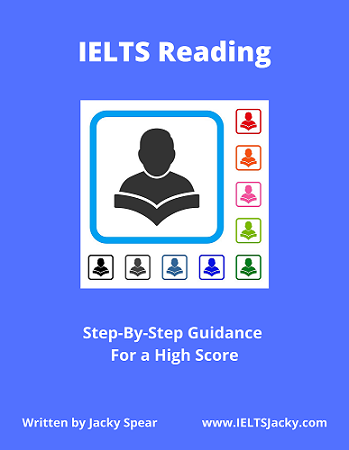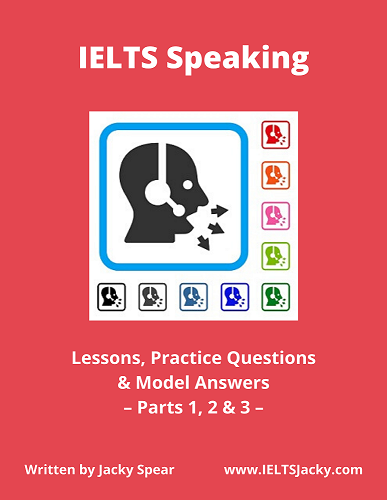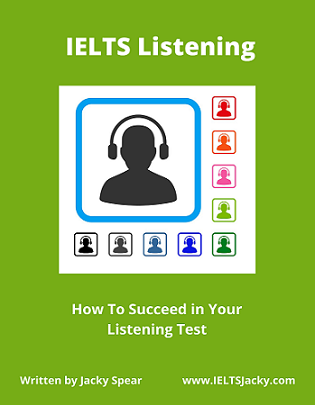The IELTS Reading Test
Find all the basic information you need to know about the IELTS Reading test.
On this page you’ll discover:
- The format of the test
- Question
types
- The marking system
- Skills assessed
- Success strategies
- Key reading skills
- How to complete the answer sheet
- Which test to choose – Academic or General
The Format of the IELTS Reading Test
Timing: 60 minutes
Number of questions: 40
Reading texts:
There are two versions of the Reading test – Academic and General. The difference between them is in the length and type of texts. Each has three sections.
Usually, the first section will be the easiest and the last one the hardest.
Here is an outline of types of text for each test.
Academic Reading Texts
The
3 sections each contain one long text taken from real publications such as:
- books
- newspapers
- magazines
- journals
The texts will be of general interest and may contain non-verbal material such as:
- diagrams
- illustrations
- graphs
A glossary will be provided if the text contains technical terms.
The texts are on academic topics of general interest and have been written for a non-specialist audience.
General Reading Texts
Section 1 – 2 or 3 short factual texts related
to everyday life, e.g.
- hotel evacuation procedure
- series of related advertisements
- a course outline
Section 2 – two short factual texts related to
work, e.g.
- job description
- staff training
- disciplinary procedures
Section 3 – one longer text of greater complexity, e.g. general interest texts from:
- books
- newspapers
- magazines
- company brochures or handbooks
Which Version of the IELTS Reading Test Should You Take?
IELTS Academic – required by universities and professional registration bodies.
You should take the Academic test if you want to apply for a place at a university or other higher education institution in an English country or in a non-native English-speaking country where courses are taught in the English language.
IELTS Academic is also generally preferred by professional bodies in English-speaking countries and required for registration. This is particularly the case in fields such as:
- Medicine
- Nursing
- Pharmacy
- Accounting
- Engineering
- Law
- Teaching
IELTS General – for people wanting to work in or emigrate to the UK, Ireland, Australia, Canada or New Zealand. It is widely accepted for:
- Visa and employment applications
- Education at high-school level
- Non-academic training such as practical vocational courses
Question Types
In the IELTS Reading test, you'll be asked a variety of different types of questions in order to test a wide range of reading skills.
Each text will have 3-4 different types of question from this list.
1) Matching headings 7) Summary completion
2) Multiple choice 8) Matching sentence endings
3) Short answer 9) Sentence completion
4) Name matching 10) Table completion
5) True, false, not given 11) Matching information to paragraphs
6) Yes, no, not given 12) Diagram labelling
Marking System
Each correct answer is awarded 1 mark.
Your score out of 40 (your ‘raw score’) is converted to the corresponding IELTS band scale level using a conversion table.
You can find out more and see the tables via this link: IELTS Band Scores
* Important:
- If you spell the answer incorrectly, you won’t get the mark.
- If you answer with the incorrect number of words, you won’t get the mark.
Answer with the number of words stated in the instructions, e.g. ‘NO MORE THAN TWO WORDS’ or ‘NO MORE THAN THREE WORDS AND/OR A NUMBER’.
Just follow the instructions and you won’t have a problem.
Skills Assessed
The Reading test is designed to assess your ability to:
- Read for gist (general meaning)
- Read for main ideas
- Read for detail
- Understand inferences and implied meaning
- Recognise writer’s opinions, attitudes and purpose
- Follow the development of an argument
Success Strategies
As you can see from the list above, there are at least 12 different types of questions in the IELTS Reading test. They have different titles depending on which source you look at but I think the ones I’ve used best describe what each involves.
* The important thing to know is that they require different strategies to answer them. *
If you try to use the same skills and techniques to answer each type of question, you will easily make mistakes and lose marks and will probably run out of time to complete the test.
Time is your greatest enemy in the IELTS Reading test. Using the strategies I suggest will enable you to be highly time efficient so that you make the most of the 60 minutes you’re given to complete the test.
You’ll find the strategies on the individual pages for each of the question types as listed below.
Each page includes:
- Description of the question type
- Best strategy for answering the questions
- Model texts, questions & answers
- Common problems
- Top tips
You’ll learn when to skim read, when to scan and when to read in detail.
There are also lots of little tricks you can use to quickly locate answers and eliminate those that are incorrect.
Click the links below to discover the strategies now.
IELTS Reading Skills
To understand more about the reading skills you need to master, visit this page: IELTS Reading Skills
It covers:
- Skimming
- Scanning
- Detailed reading
- Using context
- The importance of ‘topic sentences’
Completing the Answer Sheet
In the IELTS Reading test, you will not be given extra time at the end to transfer your answers to the answer sheet.
In the Listening test, you are given 10 minutes to transfer your answers from the test paper to the answer sheet so it’s easy to get confused.
Don’t get caught out. Complete the answer sheet as you go along.
As I’ve already mentioned, you must fill in the answers exactly as instructed or you will lose the mark.
Other important points:
- It is essential to get grammar and spelling right. For many answers, you’ll be copying them from the text so this should be easy. Taking that extra bit of care will save you marks.
- If you need to make a correction, cross through your answer with a line and write the new answer next to it.
- Don’t leave any answers blank. It’s better to guess than put no answer at all. If you do this, you have at least some chance of getting it right and gaining a mark.
Want to watch & listen to this lesson?
Click on this video.
Like this page?
More Help With the IELTS Reading Test
IELTS Reading Skills – Master the skills of skimming, scanning & detailed reading. Understand the importance of topic sentences & how to use context for meaning & unfamiliar words.
Top 7 IELTS Reading Tips – Each tip will take you a step closer to the high score you want. They are the key to top marks in your test.
9 More Tips For IELTS Reading – Learn valuable practice techniques & discover a secret that may gain you extra marks.
IELTS Reading Practice – Discover the top 5 things you must do to prepare for your reading test.
How to Complete the Test in 60 Minutes – Top 6 recommendations for preparation & time management.







